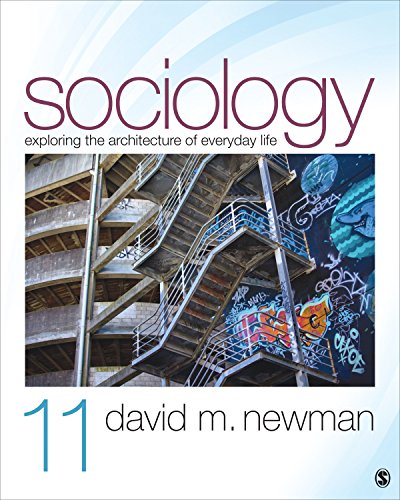Synopsis
In this Eleventh Edition, the author continues to show students how to see the "unfamiliar in the familiar"-to step back and see organization and predictability in their take-for-granted personal experiences. With his approachable writing style and lively personal anecdotes, the author's goal since the first edition has been the same: to write a textbook that "reads like a real book." Newman uses the metaphors of "architecture" and "construction," to help students understand that society is not something that exists "out there," independently of them; it is a human creation that is planned, formed, maintained, or altered by individuals.
À propos de l?auteur
David M. Newman earned his B.A. from San Diego State University in 1981 and his graduate degrees from the University of Washington in Seattle (M.A. 1984, PhD 1988). After a year at the University of Connecticut, David went to DePauw University in 1989 and has been there ever since. David teaches courses in Contemporary Society, Deviance, Mental Illness, Family, Social Psychology, and Research Methods. He has published numerous articles on teaching and has presented research papers on the intersection of gender and power in intimate relationships. Recently most of his scholarly activity has been devoted to writing and revising several books, including Sociology: Exploring the Architecture of Everyday Life (SAGE, 2014); Identities and Inequalities: Exploring the Intersections of Race, Class, Gender, and Sexuality (McGraw-Hill, 2012); and Families: A Sociological Perspective (McGraw-Hill, 2009). He is currently working on a book-length manuscript that examines the cultural meaning, institutional importance, and social limitations of "second chance" narratives in everyday life.
Les informations fournies dans la section « A propos du livre » peuvent faire référence à une autre édition de ce titre.
